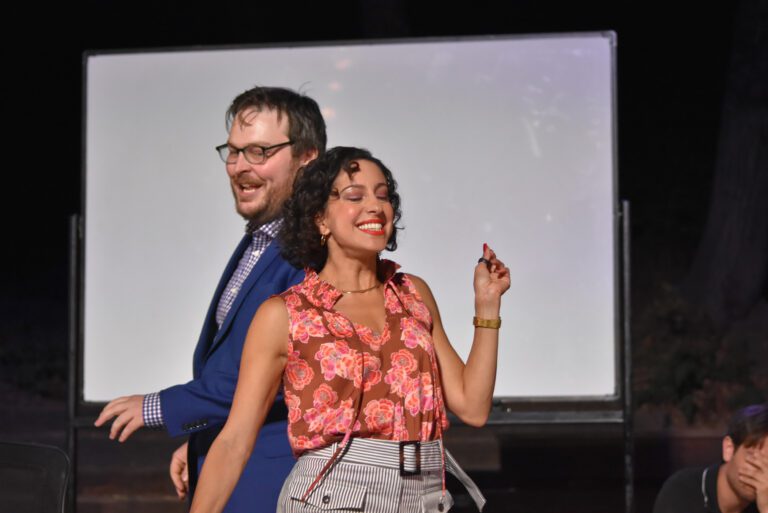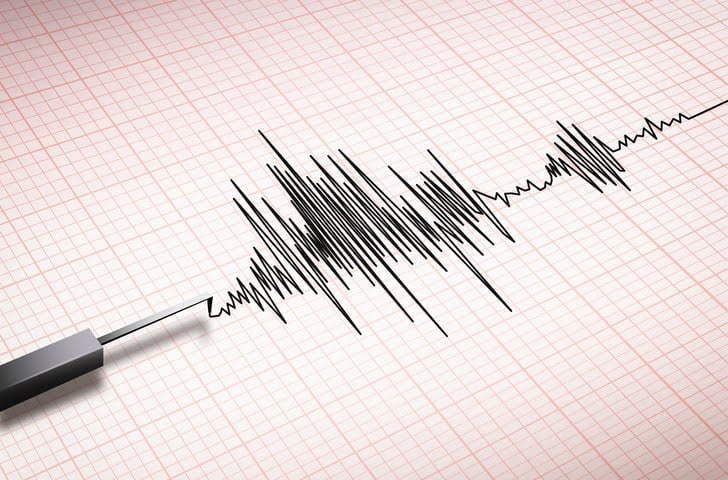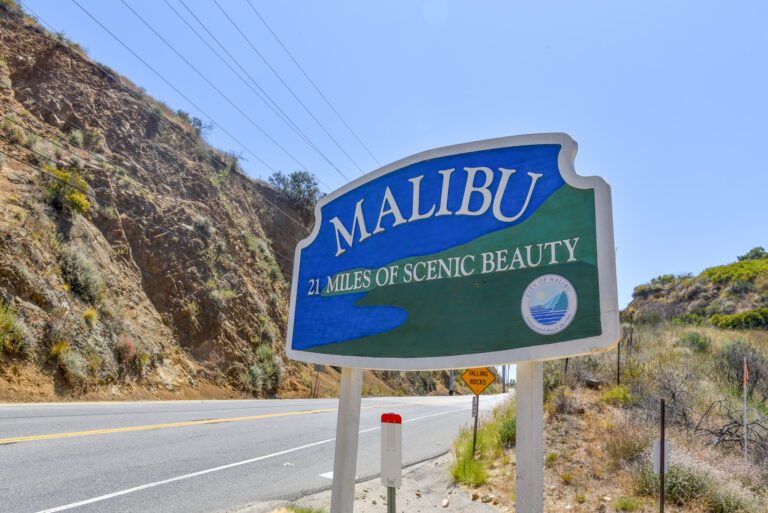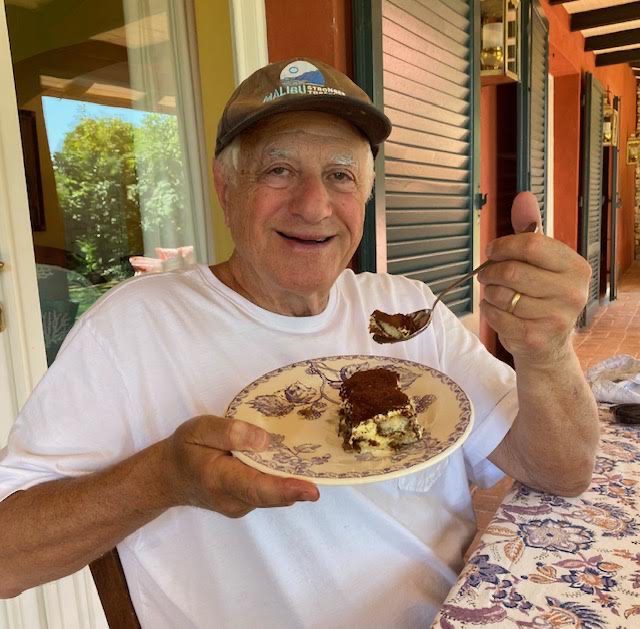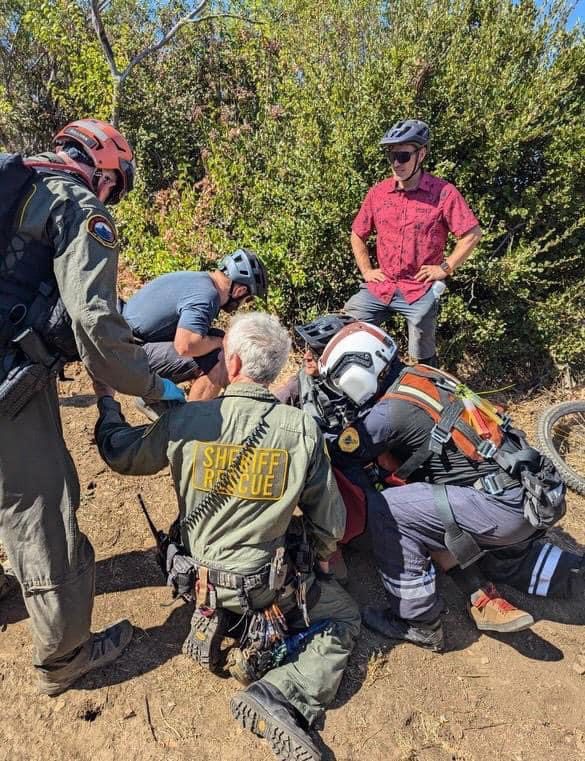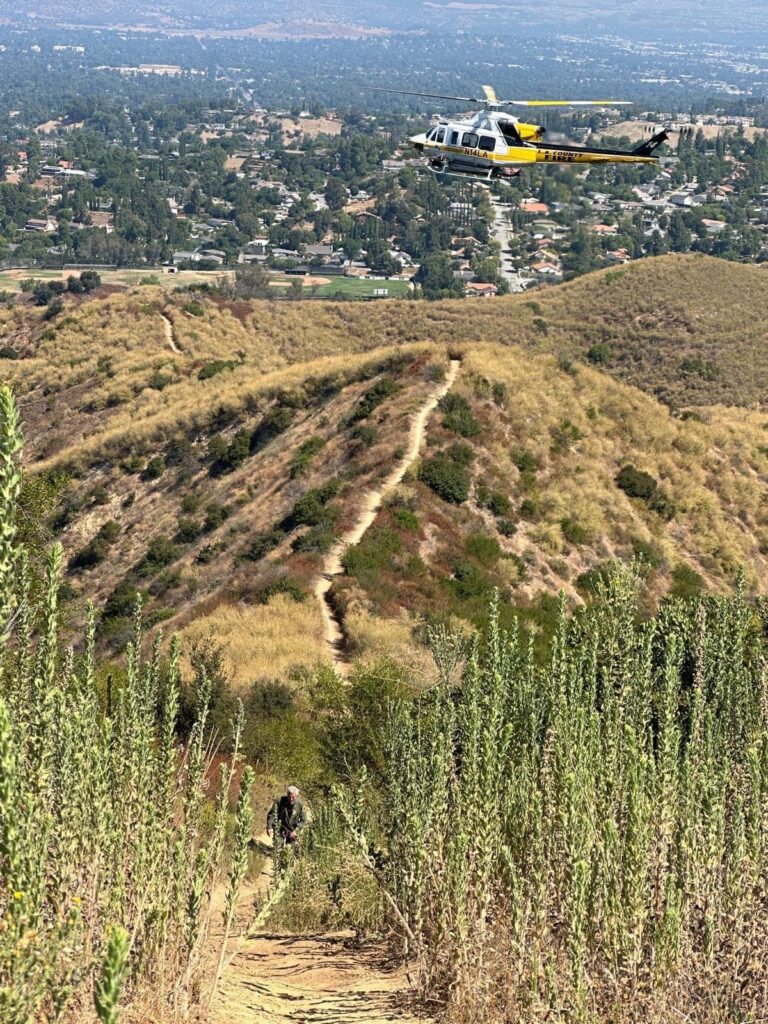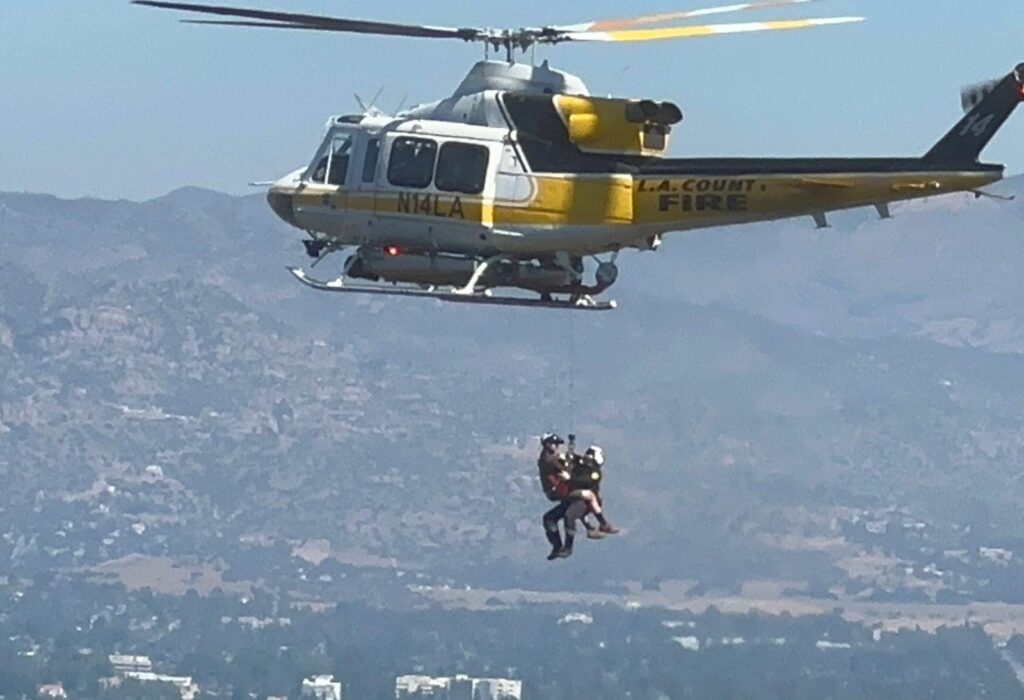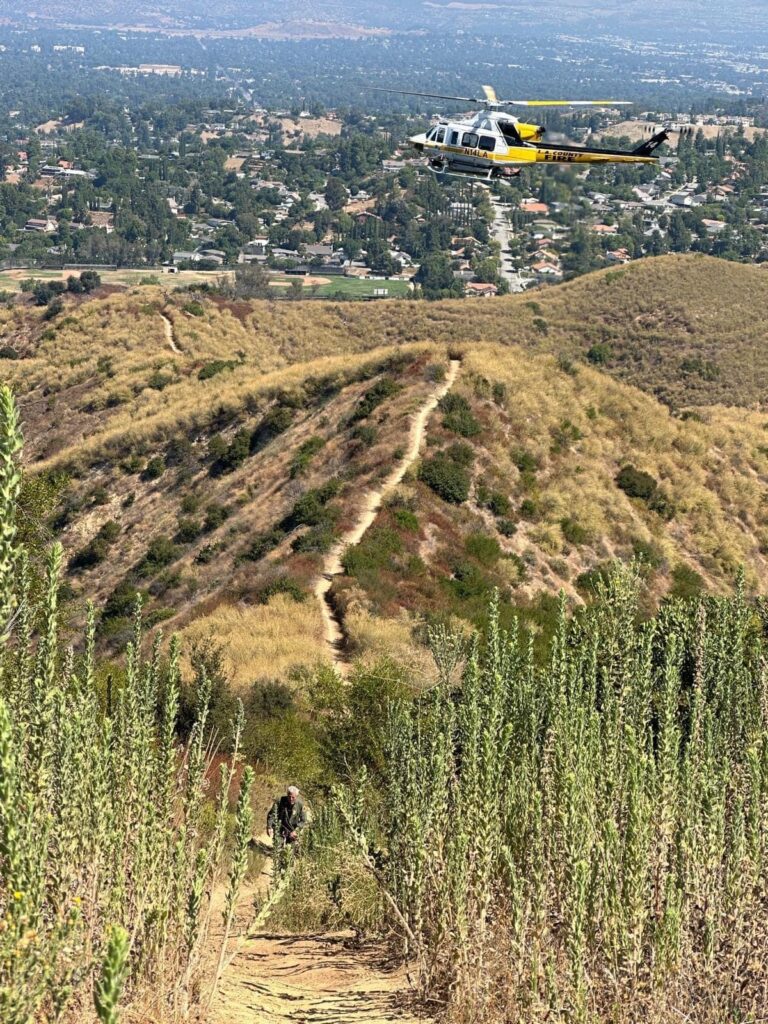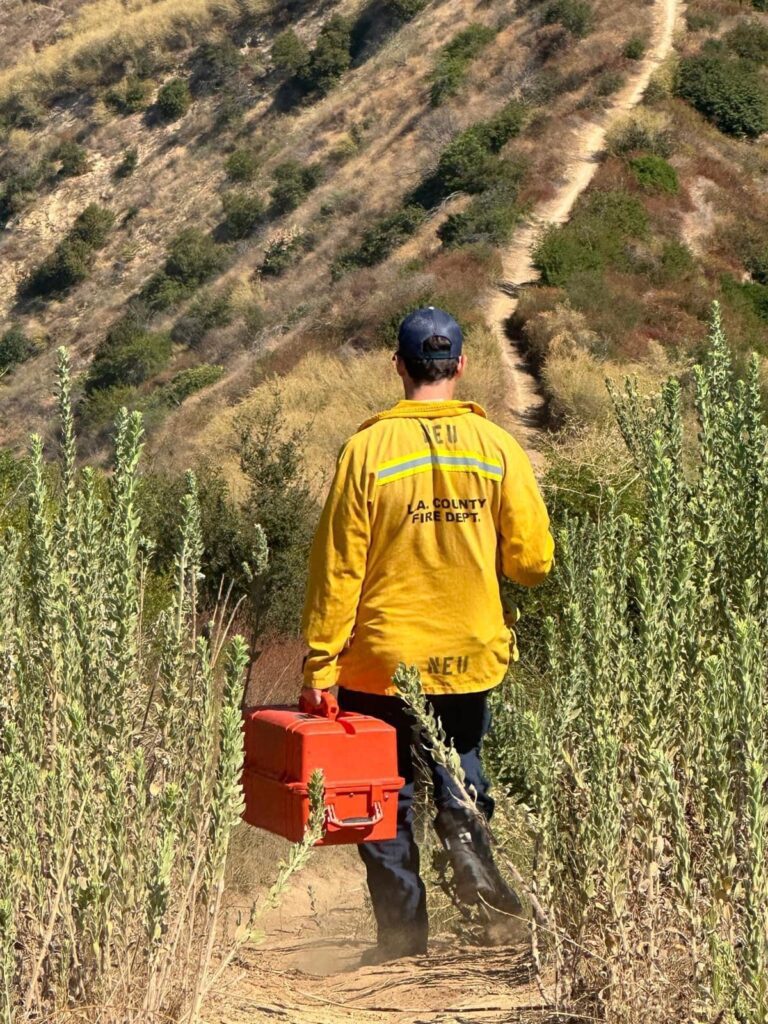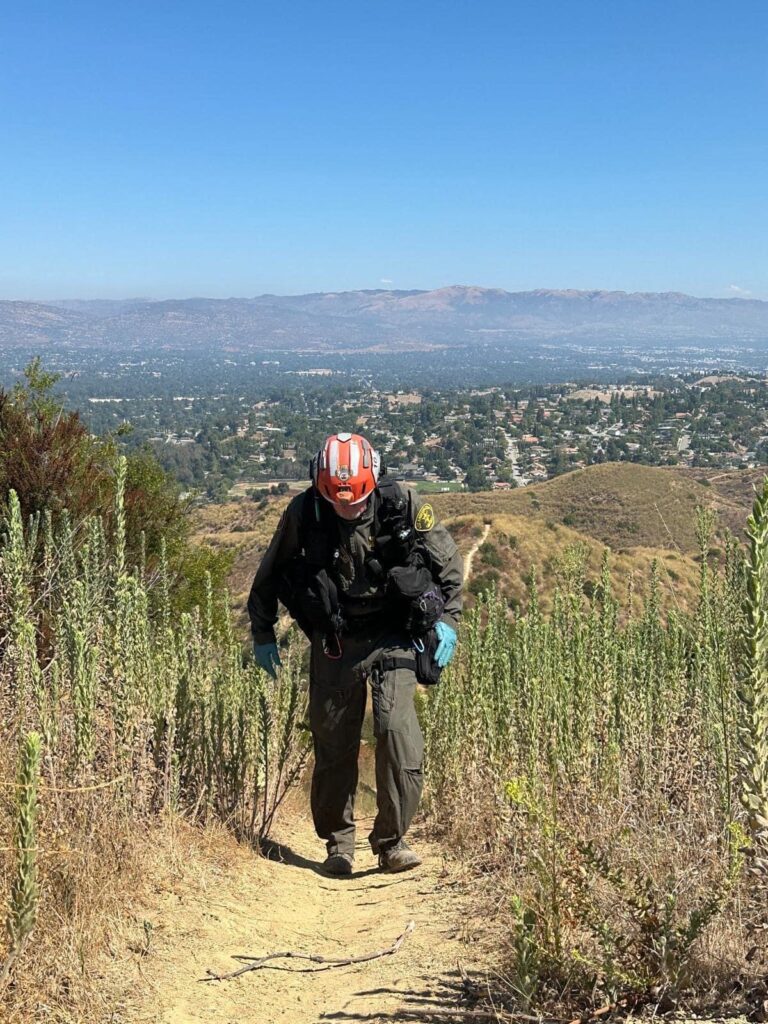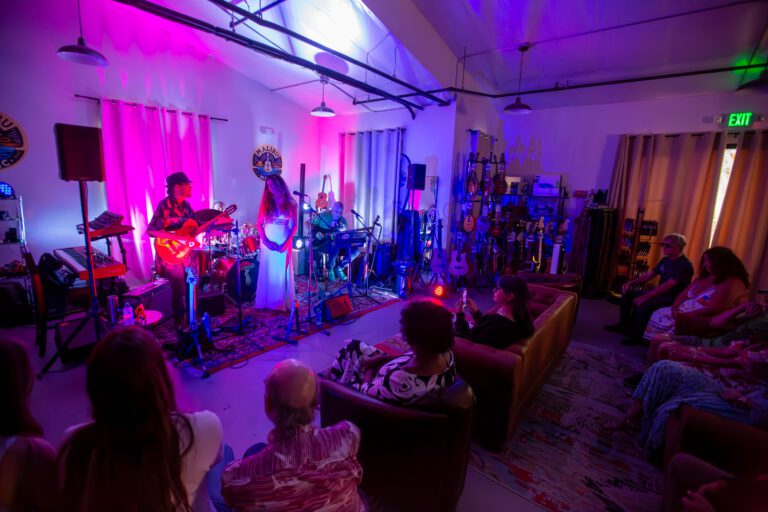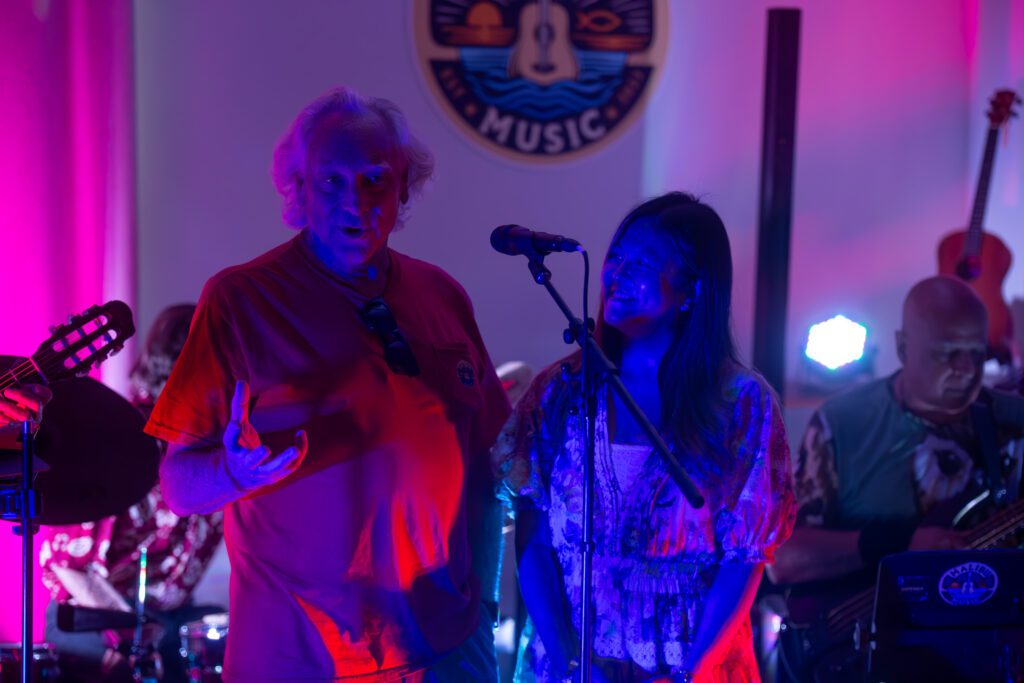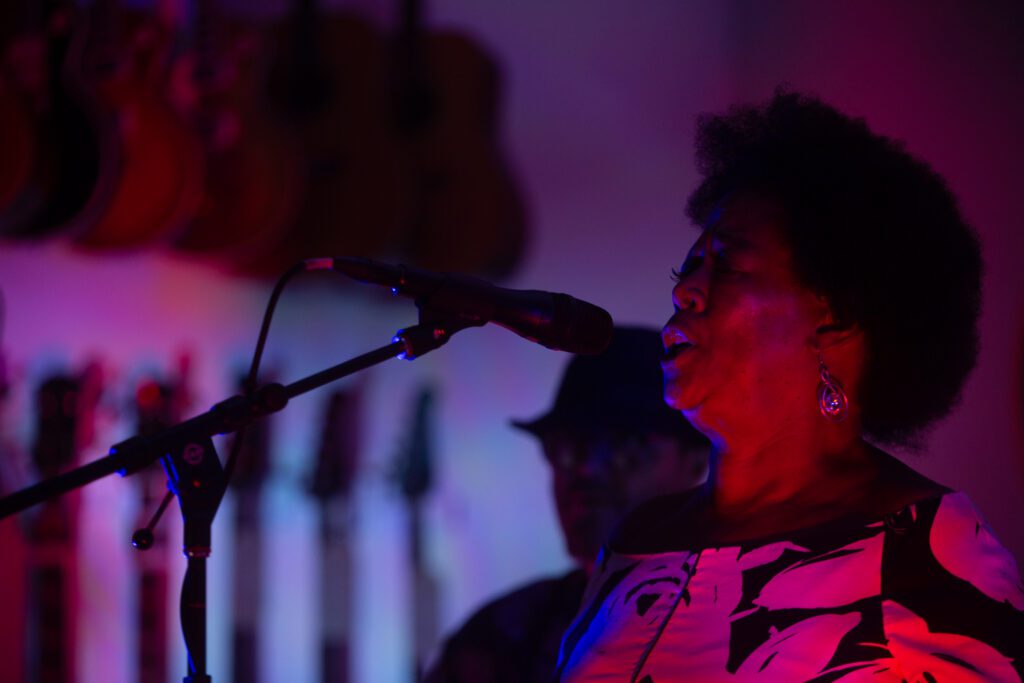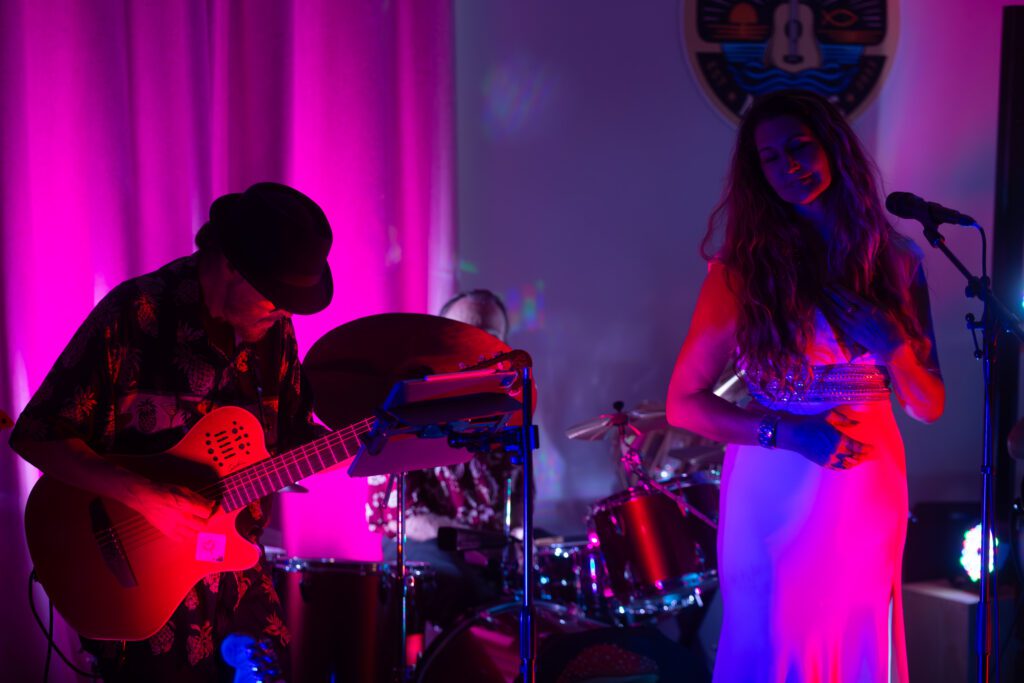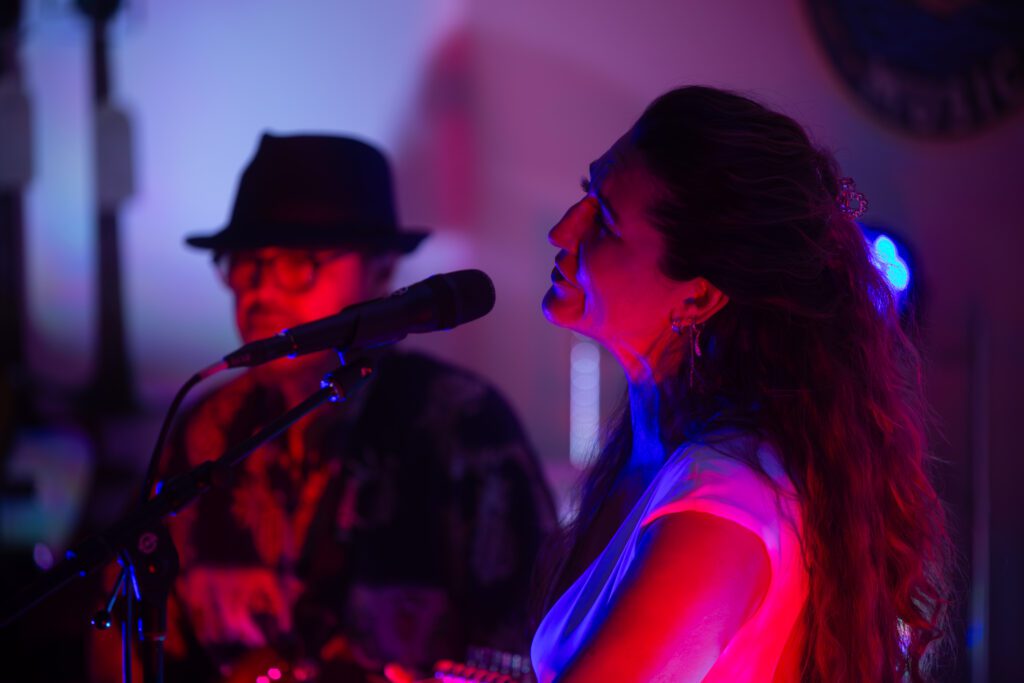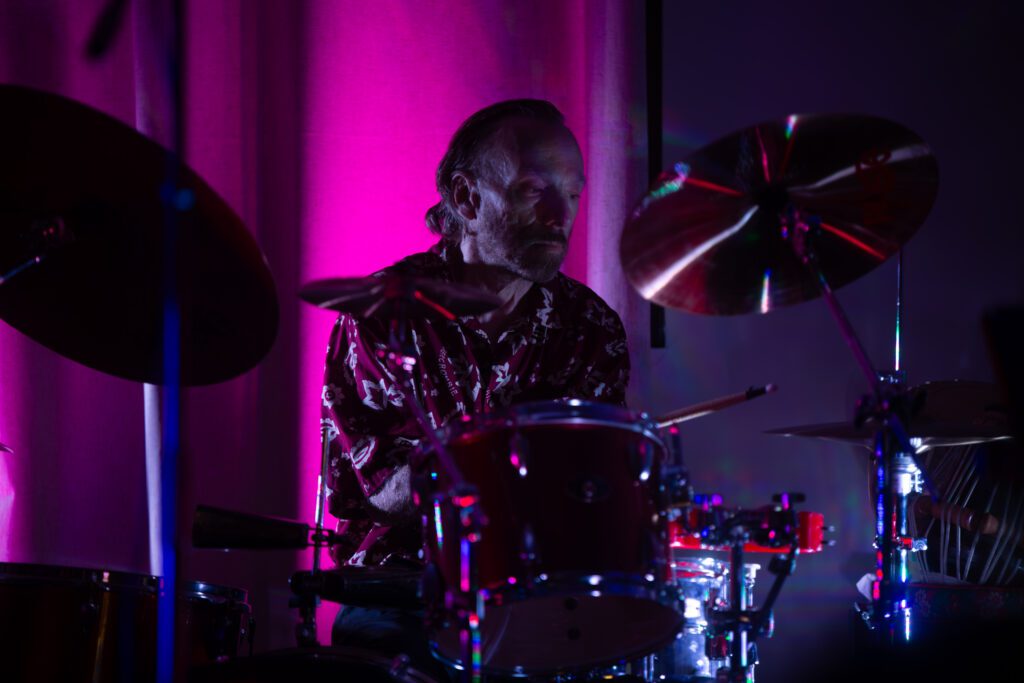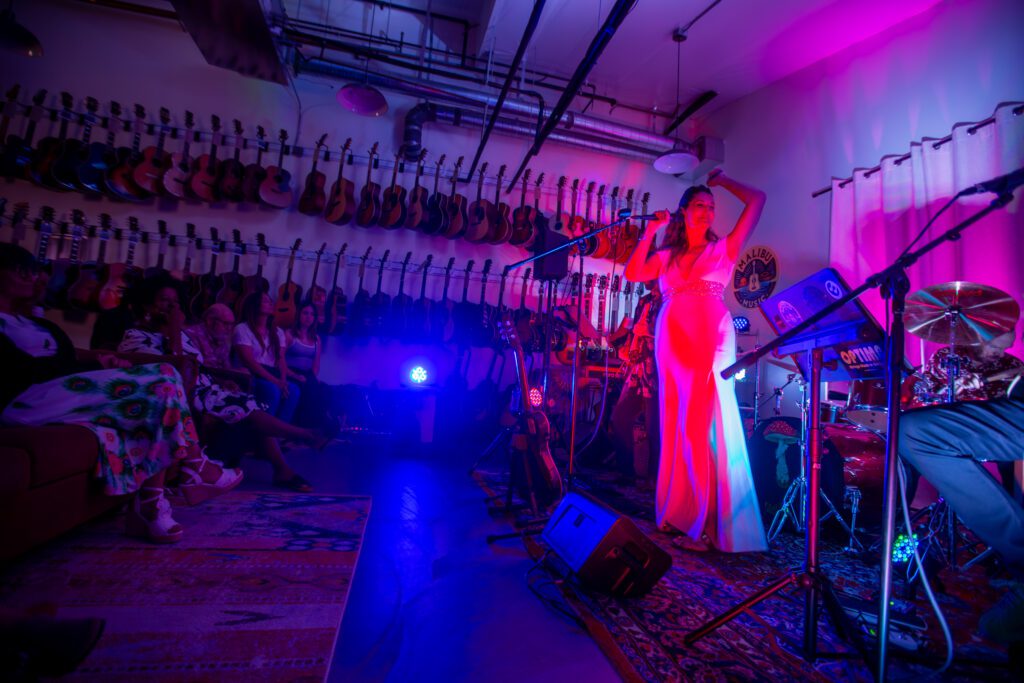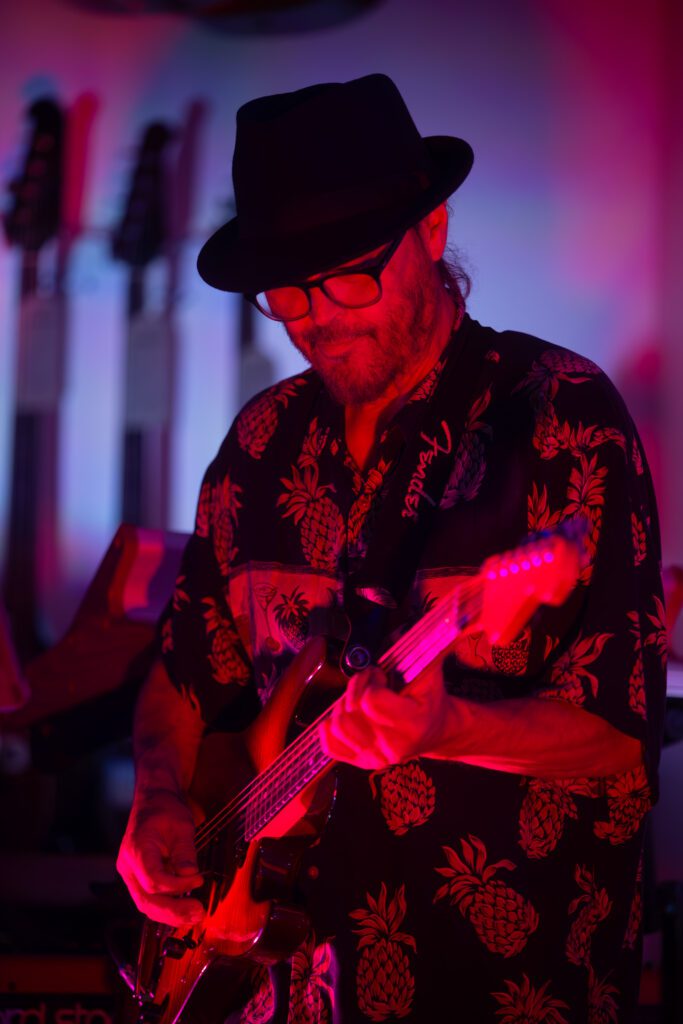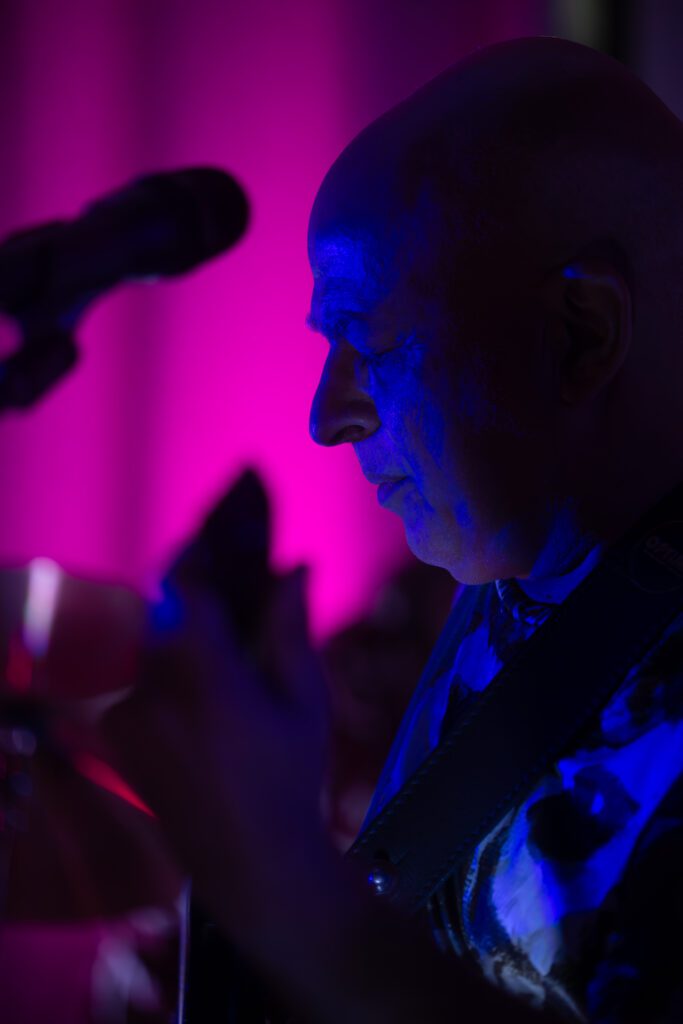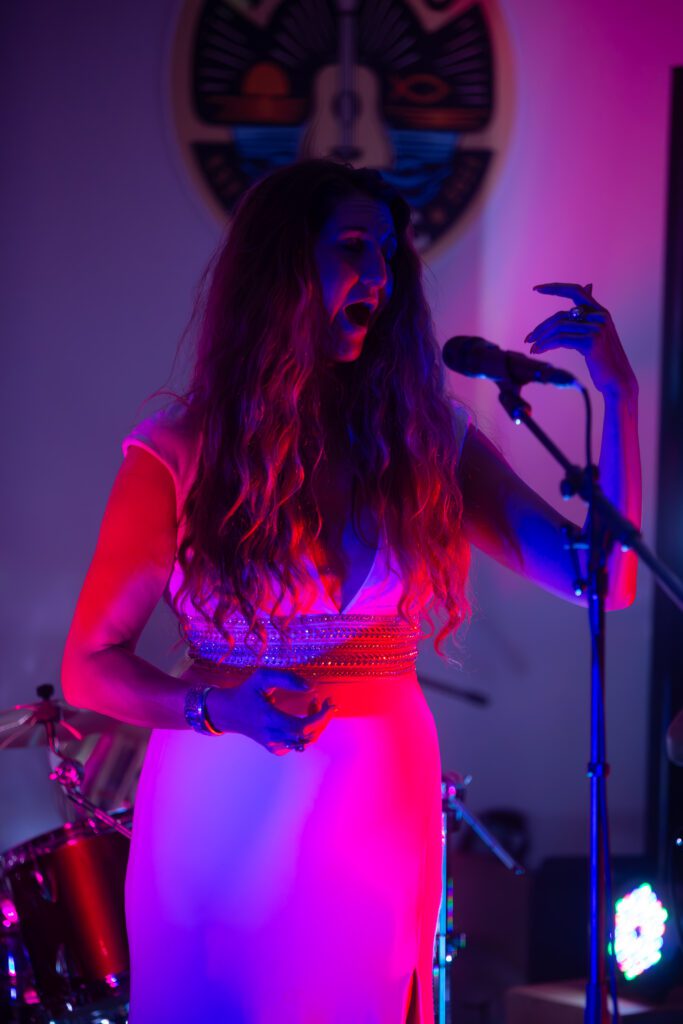Play of ideas explores identity politics and reproductive technology currently in the political crosshairs
Some playwrights seek to explore ideas and conflicts bubbling up in the cultural zeitgeist. Bernard Cubria’s“TheHispanic/Latino/Latina/Latinx/Latine Vote,” now playing in repertory at the Will Geer Theatricum Botanicum in Topanga, explores themes so current, an observer could be excused for wondering how the 2020 play was seemingly written in the last few months.
The play presents a mashup of two central issues for its protagonist. First explored in this satire of cultural politics is the question of how individuals fall within, and are necessarily over-simplified by, demographic categories. As the title suggests, the play explores through election politics the broad grouping of individuals of Mexican, Spanish Caribbean, and Central and South American descent into a defined demographic identity, the name and composition of which continues to evolve and is itself a source of controversy both within and outside of the community.
Second, the play depicts a personal journey of in vitro fertilization. The medical procedure made headlines this February when the Alabama Supreme Court ruled that in vitro embryos are persons, causing IVF clinics in that state to curtail operations. The play’s internal mechanics are driven by the high, sometimes crippling cost of IVF. Presciently for the playwright, in the last week, IVF was again in the news as one of the presidential candidates promised to mandate that the government or insurance companies pay for IVF.
The play’s lead, Xochitl Romero, stars as university professor Paola Aguilar. She is drowning in debt from years of fertility treatments. So, when political strategists for what Cubria only calls “THE” political party, offer Paola a big payday and potential bonuses to help them understand the “Hispanic/Latino/Latina/Latinx/Latiné vote,” she reluctantly takes the job. Can Paola help these pundits understand all the nuances of her varied community to help win the election for “THE” party?
“In 2016 when Trump got elected, I started getting all these text messages from friends of mine, most of whom were white Americans, and they were like, ‘Dude, how could 30 percent of Latinos or Hispanic people vote for Trump?’”says Cubría. “I was offended by their question; why would they expect every single Latino or Hispanic person from Tijuana to Buenos Aires to think and vote the exact same way? Why do they see us as one single entity? No wonder so many people don’t even feel like they want to participate in voting.”
According to Time magazine, “Latinos are a complex demographic, but campaigns and political pundits continue to treat a group of nearly 61 million people as a monolith. Latinos in the U.S. come from all parts of Latin America, Central America, and Mexico. Some Latinos have lived in the U.S. for generations. There’s a variety of Spanish dialects, languages, foods, and traditions. It should come as no surprise that there are also differences in political ideology.”
The co-directors Willow Geer and the author successfully highlight the point with a single actor, Roland Ruiz, playing a dazzling spectrum of multiple roles. Expect some audience participation as well.
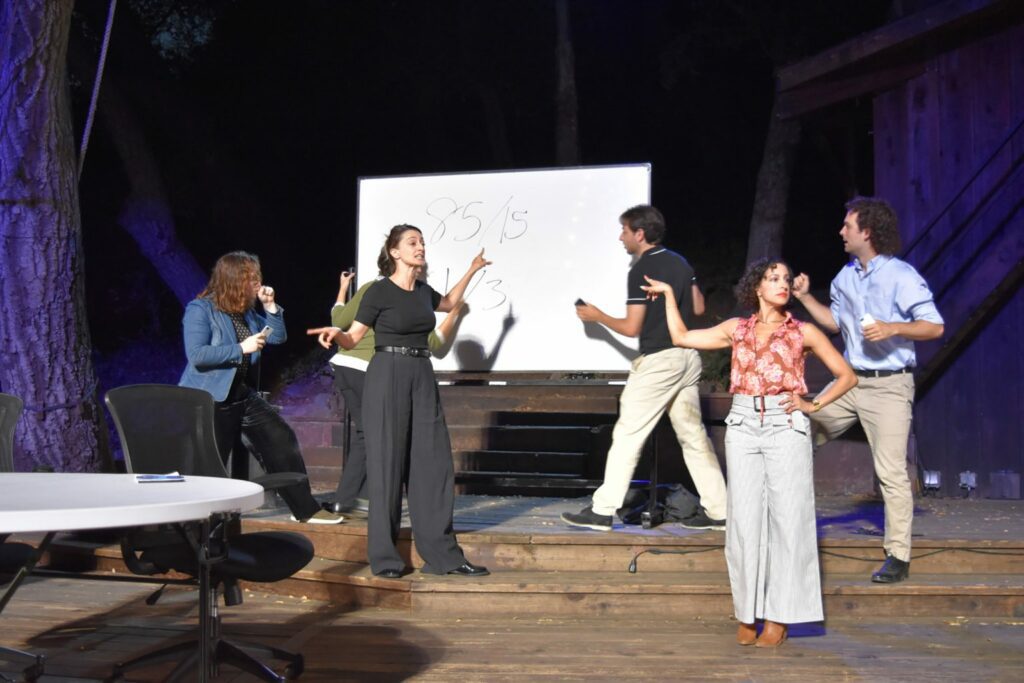
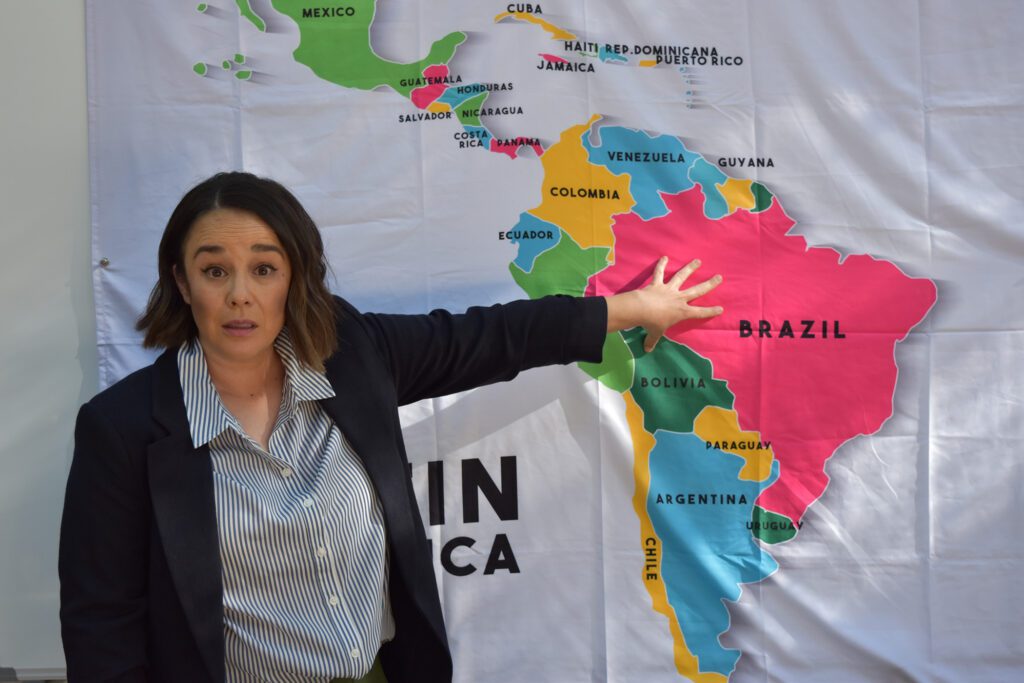
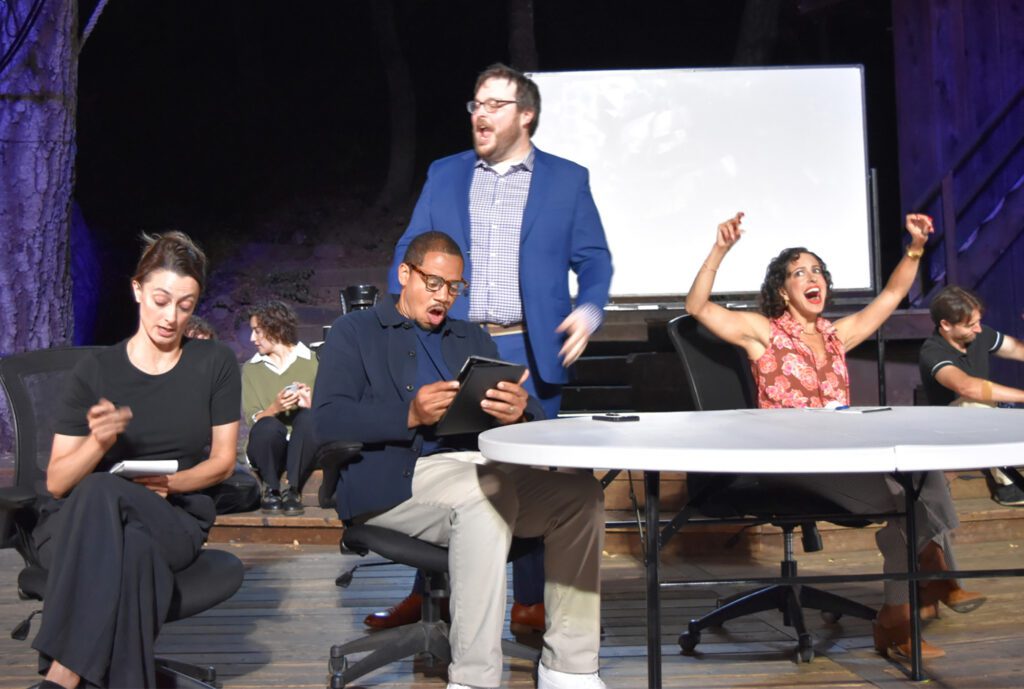
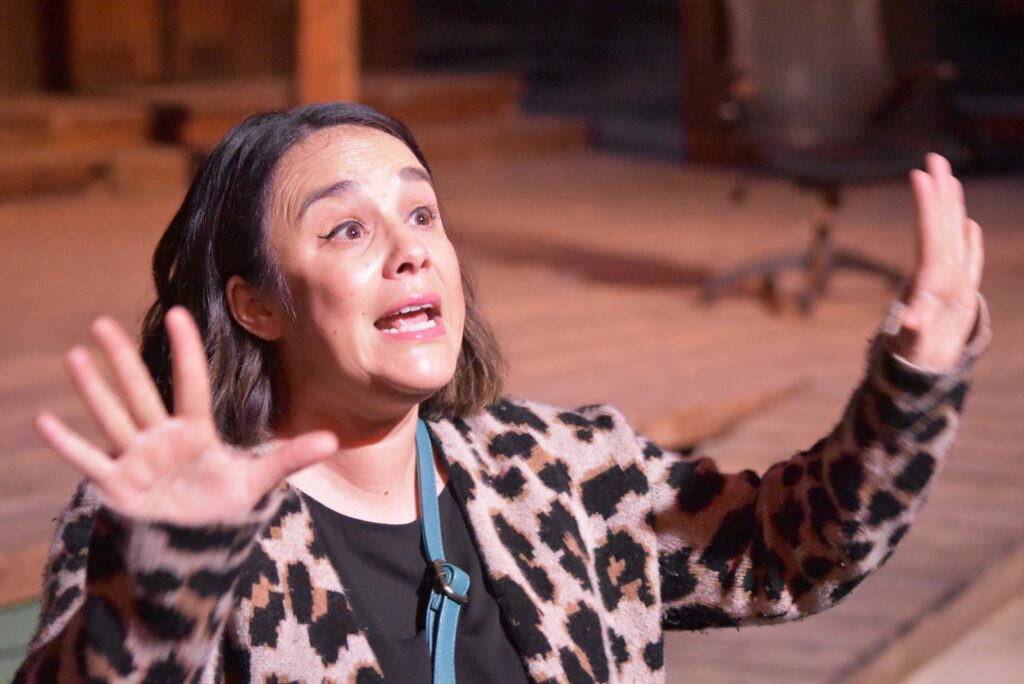
Originally commissioned by Florida’s Studio Theatre in collaboration with Portland, Oregon’s Milagro Theatre, “The Hispanic/Latino/Latina/Latinx/Latiné Vote” will have productions later this fall at Milagro Theatre, Houston Stages and TuYoTheatre in San Diego as part of a National New Play Network rolling world premiere. It received a staged reading earlier this year at The Old Globe.
But you can see it right in Malibu’s own backyard at the enchanting Theatricum Botanicum. The arboreous amphitheater has been named “One of the 50 Coolest Places in Los Angeles” by Buzz magazine, “One of Southern California’s most beguiling theater experiences” by Sunset magazine, and “Best Theater in the Woods” by the LAWeekly, which said “The enchantment of a midsummer night at Theatricum Botanicum [makes it] crystal clear why audiences have been driving up into the Topanga hills since Theatricum’s maiden season 51 years ago.”
“The Hispanic/Latino/Latina/Latinx/Latiné Vote” plays in repertory with Shakespeare’s “The Winter’s Tale,” “A Midsummer Night’s Dream,” “Tartuffe: Born Again,” and “Wendy’s Peter Pan,” a retelling by Ellen Geer, through Oct. 20.
Check Theatricum.com for tickets

